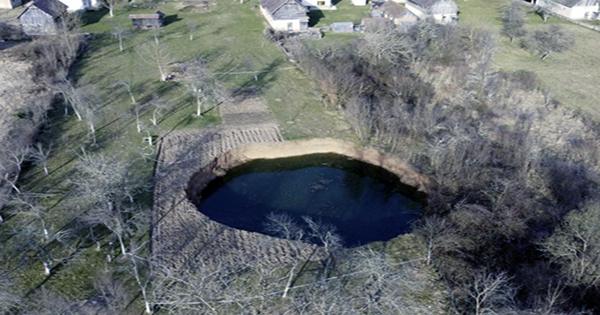In a quiet corner of Croatia just before the 2021 New Year, the ground began to behave with great surprise. Probably somewhere far away, a hole of the almost perfect circle – about 30 meters (98 feet) wide and 15 meters (49 feet) deep – was opened in a garden in the village of Mečenčani, 40 kilometers (24 miles) away from the Croatian capital city Zagreb. In the weeks that followed, more and more of these gaps were dug and opened in the neighboring village of Borojevići. According to the Croatian Geological Institute, at least 54 different types of sinkholes were reported in full size at the end of January.
In March, AFP further estimated that there were more than a hundred sinkholes in and around the two villages. Some holes were popping up in rural areas, but many were just a boulder; some have even been found nesting under the property, causing bricks to fall and cracks in buildings. “We feel very uncomfortable,” Stojan Krosojevich, a Mečenčani resident, told Reuters in March 2021. “Sinholes are all around us, uncertainty is killing us. Keep opening.”
Fortunately, the researchers had a big sign when it came to throwing these geological mysteries together. In late December 2020, a magnitude 6.4 earthquake shook central Croatia, killing at least seven people and injuring 26 others. Its tremors were felt throughout Croatia, as well as neighboring Bosnia and Serbia. Sinkholes are not a common symptom of earthquake shake-ups, but they are found in areas with hidden underground caves and caverns – such as Croatia. Thanks to its extensive dinaric karst geology, Croatia has dozens of caves, three of which are more than 1000 meters (3,261 feet) deep.
These deep underground caves are formed by water precipitation, which is somewhat acidic, which gently removes the slightly soluble bedrock like limestone. Eventually, underground tunnels and cavities can rotate. This can form a sinkhole within the structure if, for whatever reason, the top gives way to the “ceiling” and reveals the underground system. In this recent case in Croatia, late December saw a dramatic earthquake that literally shattered many of these ceilings and they collapsed and created dozens of sinkholes.














